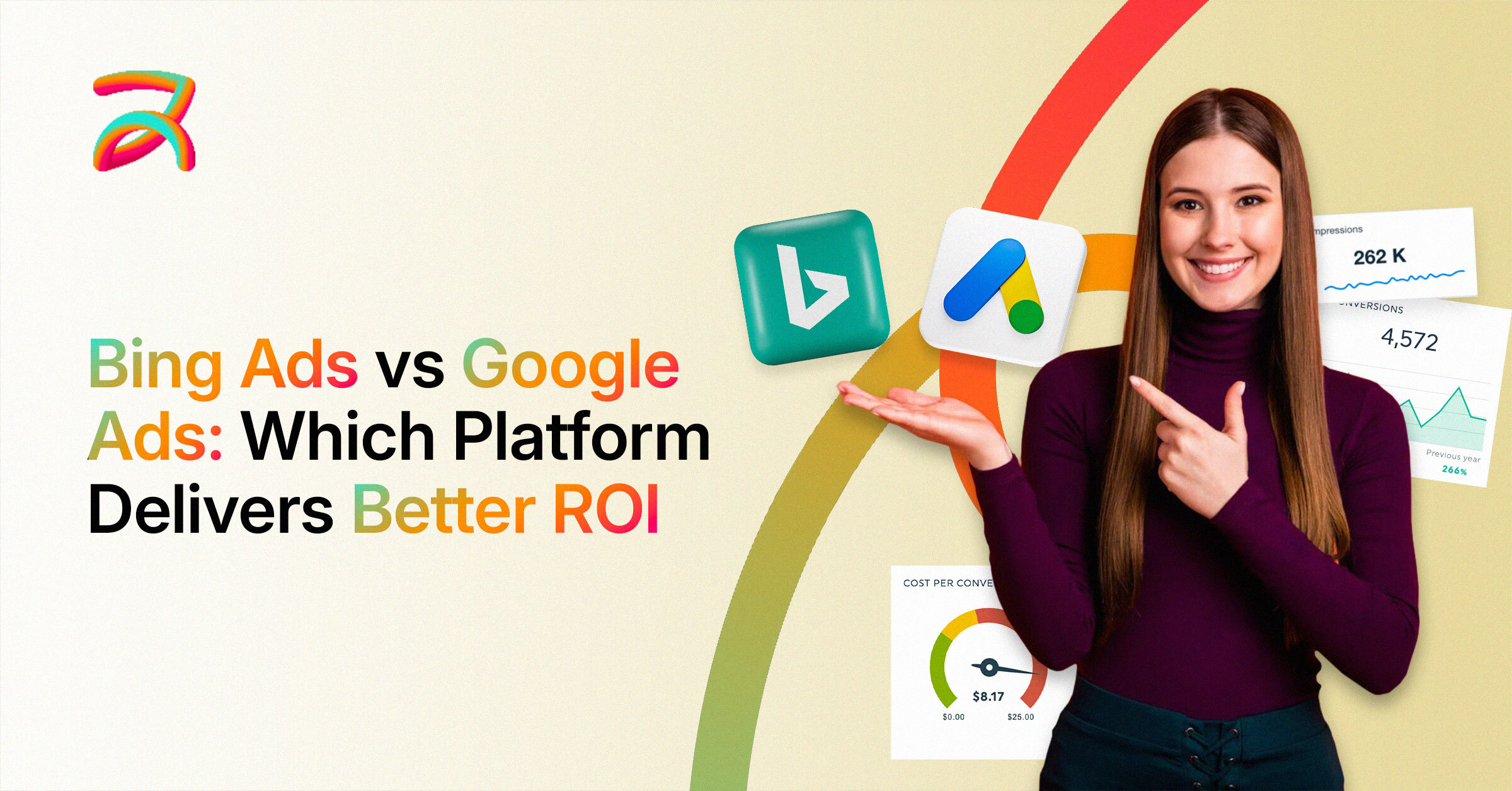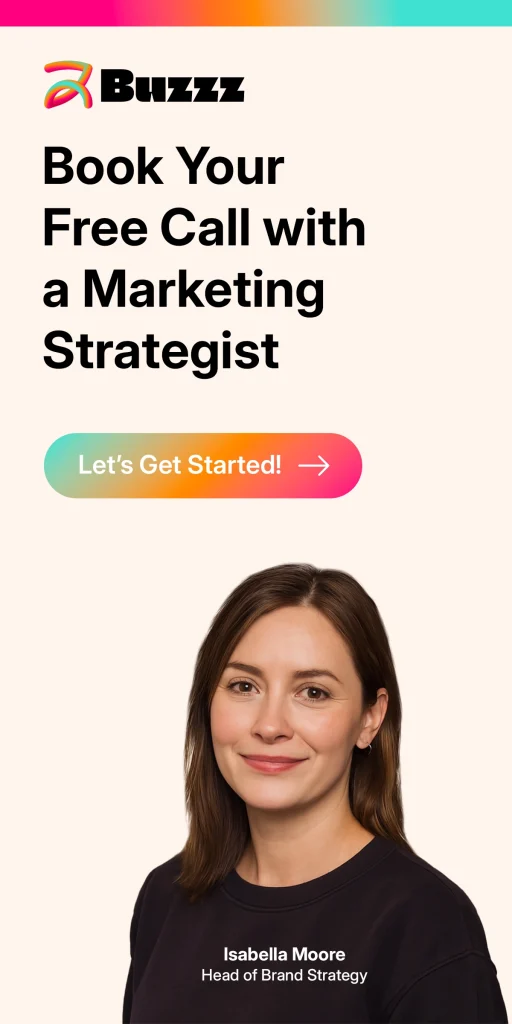You’ve probably heard about Google Ads and Bing Ads. These two advertising giants dominate the PPC world, but here’s the million-dollar question: which one actually puts more money back in your pocket?
Here’s the thing. Every dollar you spend on ads should work harder for you. That’s where ROI comes into play. You want results, not just clicks that go nowhere.
So what makes one platform better than the other?
It comes down to three key factors. First, you need to know who’s actually seeing your ads. Second, how many people are searching for what you sell. Third, how much you’ll pay each time someone clicks your ad.
Google Ads? Sure, it brings crowds of visitors. But those clicks can get expensive fast. Bing Ads takes a different approach. Lower costs, but fewer people might see your ads.
Which platform wins in 2025?
That depends on your business goals and budget. This guide breaks down everything you need to know. You’ll see real performance data, cost comparisons, and actionable tips to maximize your advertising ROI.
Ready to find out which platform delivers the best bang for your buck? Let’s dive in.
Comparing Bing Ads and Google Ads in 2025
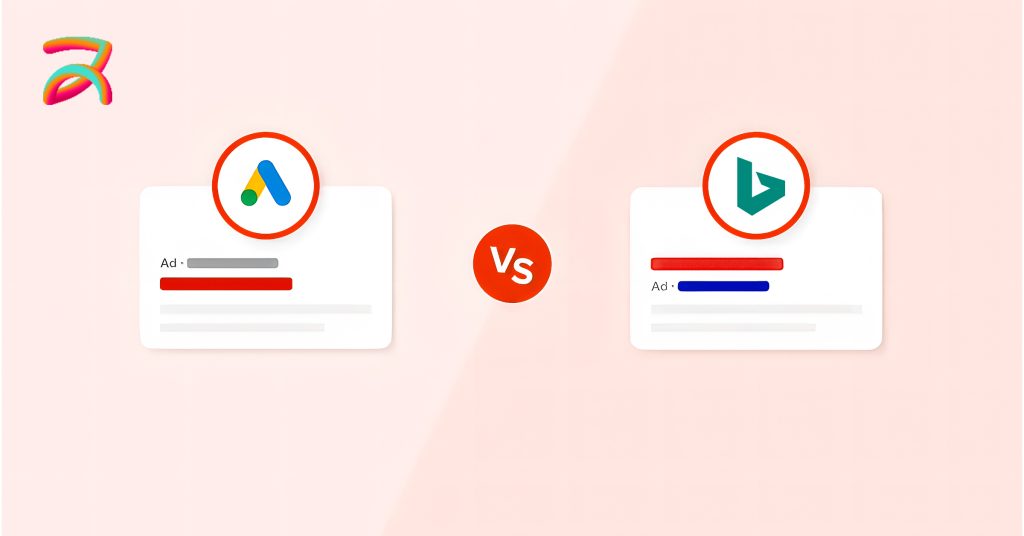
Choosing between Bing Ads vs Google Ads in 2025 depends on your goals, budget, and audience. Bing Ads often costs less and works well for smaller businesses or niche markets. Google Ads reaches a larger audience and offers advanced targeting options for companies with bigger budgets. Understanding the strengths of Bing Ads vs Google Ads helps you make smarter decisions and get better returns on your ad spend.
Overview of Bing Ads and Google Ads
Bing Ads, also called Microsoft Advertising, helps businesses reach users at a lower cost per click (CPC). It has less competition, so your ad dollars stretch further. But Bing has fewer total searches, reaching a smaller, older audience.
Google Ads gives you access to a bigger audience with billions of searches each day. This Google Ads Management Guide explores the advanced tools and targeting options that help get your ads in front of the right users.
In 2025, Google’s user base is younger and broader. Bing users tend to be older and often have higher income. Knowing these demographics helps you pick the right platform for your products or services.
Key Differences in ROI
Google Ads typically gives you a stronger return on investment (ROI) if you have a larger budget. That’s because Google reaches more people and has smarter targeting tools. Businesses with bigger budgets benefit from Google’s wide audience.
Bing Ads usually provides better ROI if your budget is smaller or your industry is niche. You’ll pay less per click, so your budget lasts longer. Lower competition on Bing means your ads stand out more.
Industry benchmarks show Google Ads delivers better results in competitive areas like e-commerce and consumer goods. Bing performs best for service-based businesses, B2B companies, and specific niche markets.
Cost Comparison: Bing Ads vs Google Ads
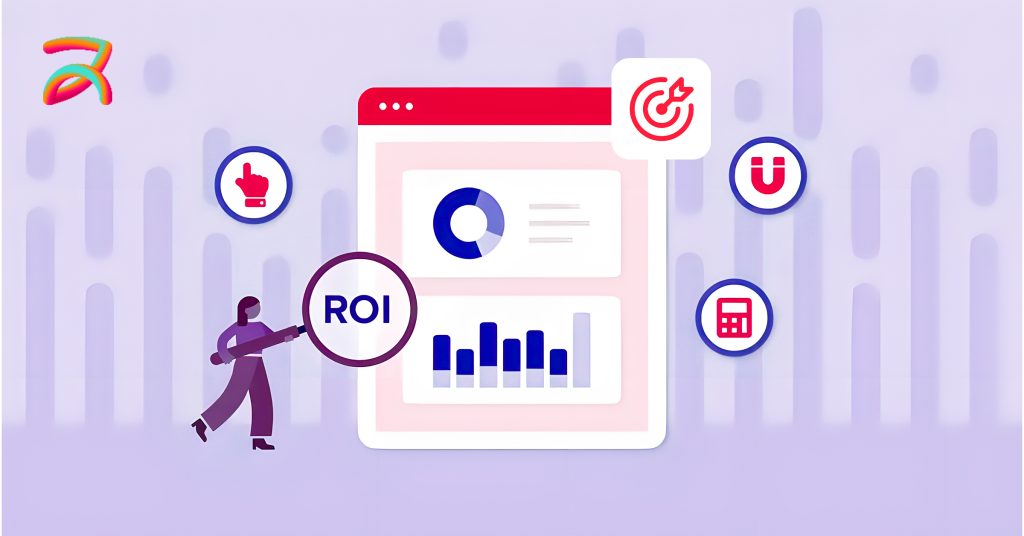
Comparing ad costs between Bing Ads and Google Ads helps you plan your marketing budget effectively. A Google Ads agency can guide you through different pricing models based on clicks and audience reach. Understanding these cost differences ensures you choose the right platform and get the most value for every dollar spent on ads.
Cost-per-click (CPC) Analysis
When comparing Bing Ads vs Google Ads, cost-per-click (CPC) is a big factor. Bing Ads usually has lower CPC than Google. That means you spend less money each time someone clicks your ad. But Bing also has fewer users, so your ads reach fewer people overall.
Still, lower CPC can help smaller businesses advertise without blowing their budget. You get good-quality clicks at lower prices. Bing lets you stretch your budget further without losing ad quality or effectiveness.
PPC Budgets: Which Platform Fits Your Needs?
Planning your PPC budget depends on your business goals and audience. Google Ads reaches more users but costs more, making it a good choice if you have a bigger budget and want faster results.
Bing Ads works best for smaller budgets or niche industries. Your money lasts longer because each click costs less. A Bing Ads agency can help small businesses get strong results by targeting specific keywords and audiences effectively. Plan your budget with expert guidance to choose the platform that gives you the most value for every dollar spent.
📊 Ready to Launch Smarter Campaigns?
Not sure whether Bing Ads or Google Ads is right for your business? Let our experts review your goals and create a custom strategy to boost your ROI in 2025.
Book a Free Strategy Call →Audience Demographics and Targeting
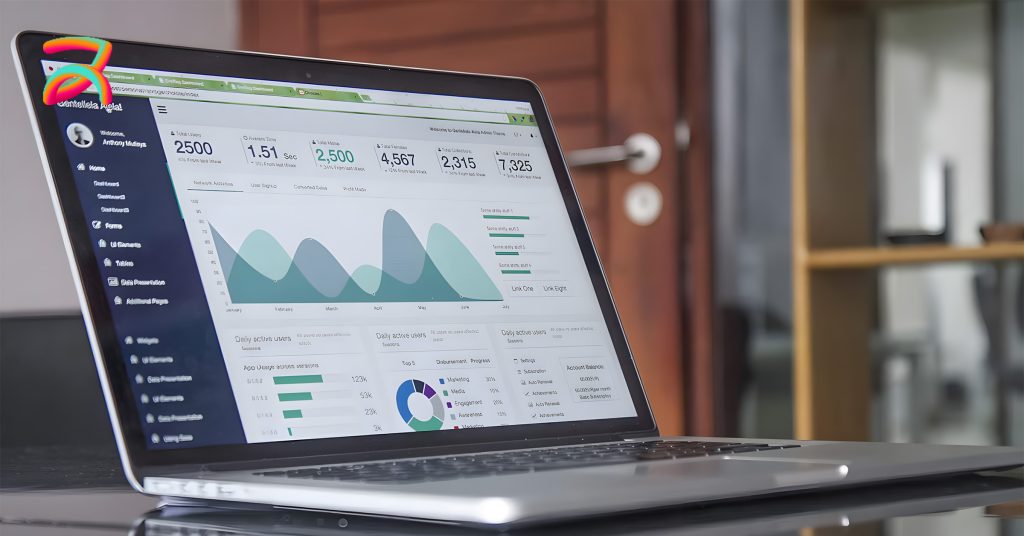
Knowing your ideal customer makes your ads perform better. Bing Ads and Google Ads attract different types of users. Understanding each platform’s audience helps you put your ads in front of the right people. That means better clicks, higher conversions, and less wasted spending.
Which Platform Reaches Your Ideal Audience?
Google Ads reaches a wide range of users around the world. It attracts younger, tech-savvy audiences who search from different devices and locations. If your customers come from diverse backgrounds and regions, Google Ads gives you broader reach.
Bing Ads targets a smaller, older group of users. Many Bing users are adults with higher income and spending power. If your business sells products or services to older or wealthier people, Bing Ads helps you connect with this ideal audience more easily.
LinkedIn Integration in Ads
Google Ads includes LinkedIn targeting options. This helps you reach professionals by job title, industry, or company size. Businesses targeting professional audiences benefit from Google’s direct LinkedIn integration.
Bing Ads integrates well with Microsoft products but doesn’t directly connect with LinkedIn. Without LinkedIn targeting, it offers fewer options for reaching professionals. If your strategy includes LinkedIn Ads for Lead Generation, Google Ads might be the better choice for tapping into professional networks effectively.
Which Platform Has Higher Conversion Rates?

Conversion rates show how many clicks become customers. Higher conversion rates mean your ads work better. Google Ads and Bing Ads deliver different results depending on your industry, audience, and goals. Choosing the right platform helps you turn clicks into real sales, boosting your overall return.
Conversion Rate Comparison
Conversion rates vary by platform and industry. Google Ads usually converts better in big markets like retail, consumer goods, or tech products. Its huge reach and detailed targeting attract more potential buyers.
Bing Ads often gives higher-quality conversions in smaller, niche markets. Businesses in healthcare, financial services, or B2B markets get more qualified leads on Bing, even with fewer total clicks.
Measuring PPC Performance with ROI
Tracking your ad performance helps you know if your PPC campaigns work. Both Bing Ads and Google Ads provide tools to measure ROI clearly. You can monitor your spending closely by tracking key numbers, such as cost-per-acquisition (CPA) and return-on-ad-spend (ROAS).
By regularly checking these metrics, you’ll know where your budget performs best. You can then adjust campaigns to improve ROI on both Bing and Google.
Pros and Cons of Bing Ads and Google Ads
Choosing between Bing Ads and Google Ads comes down to your budget, goals, and audience. Each platform has clear strengths and weaknesses. Here’s a helpful comparison:
| Bing Ads Pros | Bing Ads Cons |
| Lower CPC, great for small budgets | Smaller audience compared to Google |
| Less competition in niche markets | Fewer advanced ad features and tools |
| Audience has higher average income | Limited professional targeting options |
| Google Ads Pros | Google Ads Cons |
| Huge global reach, more clicks and conversions | Higher CPC, harder for small budgets |
| Advanced targeting, analytics, LinkedIn integration | High competition, making niche markets tougher |
| Constant updates and new features | Can require larger budgets to see strong ROI |
How to Choose the Right Platform for Your Business
Picking between Bing Ads and Google Ads depends on your goals, budget, and audience. Each platform offers something different, just like when you choose the right Meta Ads agency the best fit depends on your business needs. Start small, test often, and go with the platform that delivers the strongest return.
Key Factors to Consider
If you’re a small business working with a tight budget, Bing Ads offers a more affordable way to get clicks. Its lower CPC and less competition make it a solid choice for local or niche businesses.
On the other hand, if you need to reach a larger audience and want advanced targeting, Google Ads gives you more room to scale. It works best when you’re ready to invest more and need fast, wide-reaching results.
Testing and Optimizing for ROI
In 2025, PPC trends continue to focus on testing and data-driven decisions. The best way to know which platform works better is to test both. Run small campaigns on Bing Ads and Google Ads, then compare the results.
Track what you spend, how many leads you get, and how much those leads cost. Use this data to plan your PPC budget, refine your ads, and improve your ROI over time. Testing isn’t just smart it’s essential.
❓ Still Not Sure Which Platform Fits Your Goals?
Start a free PPC audit today and discover where your ad budget works best. We’ll help you figure out whether Google Ads or Bing Ads gives you better results.
Start My Free Audit →Conclusion: Which Platform Delivers Better ROI?
Both Bing Ads and Google Ads have their strengths. Bing Ads is more budget-friendly and works well for smaller businesses or niche markets. Google Ads offers wider reach, better targeting, and higher conversions especially for businesses ready to invest more.
Before you choose, look at your goals, audience, and budget. Test both platforms if possible. The right choice is the one that gives your business the best return without wasting your ad spend.
Frequently Asked Questions
Bing Ads is generally cheaper than Google Ads when it comes to cost-per-click (CPC). This lower CPC makes it a great option for small businesses with limited budgets. You can get more clicks for less money, helping you reach your audience without overspending.
Bing Ads can deliver a better ROI in certain industries, especially those targeting older or higher-income audiences. With lower competition and cost, businesses in niche markets often see more value from each dollar spent compared to Google Ads.
For small businesses, Bing Ads often provides a better starting point. The lower CPC and less crowded space make it easier to test and optimize campaigns without draining your budget. Google Ads may offer more features, but it usually requires a larger investment to see strong results.
To calculate PPC ROI, subtract your total ad spend from the revenue generated by those ads. Then divide that number by the ad spend. You should also track cost-per-acquisition (CPA) and return-on-ad-spend (ROAS) to understand how much value your campaigns are creating.
ROI formula:
(Revenue AdSpend)÷AdSpend(Revenue – Ad Spend) ÷ Ad Spend(Revenue AdSpend)÷AdSpend × 100
Google Ads often has higher conversion rates for industries with broad appeal like eCommerce or tech. Bing Ads tends to perform better in niche industries or B2B spaces. The right platform for conversions depends on your audience and offer.
Google Ads offers more advanced targeting features, including options based on device, location, behavior, and even LinkedIn data. Bing Ads has solid targeting tools too, but with fewer layers. Google gives businesses more flexibility to refine their audience.
Running ads on Bing usually costs less per click, which is great for smaller campaigns. Google Ads tends to cost more but can deliver higher traffic and conversions. Your total cost depends on your industry, keywords, and competition level.
Yes, Google Ads offers LinkedIn integration through Microsoft and third-party tools. This lets you target users by job title, company size, or industry ideal for B2B campaigns looking to reach professionals more precisely.
For eCommerce, Google Ads often delivers more conversions due to its reach and shopping ad features. However, Bing Ads can still be useful for reaching older shoppers with more spending power, especially in less competitive product categories.
Start small and scale based on results. For Bing Ads, many small businesses begin with $10–$20 per day. Google Ads may require $30–$50 daily to compete effectively. Set a budget based on your goals, then adjust as you learn what performs best.


